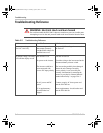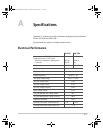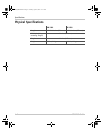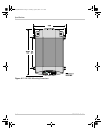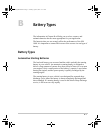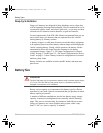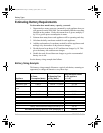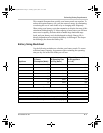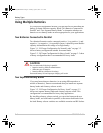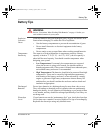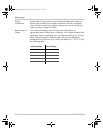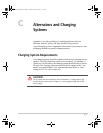
Battery Types
B–2 975-0263-01-01
Deep-Cycle Batteries
Deep-cycle batteries are designed for deep discharge service where they
will be repeatedly discharged and recharged. They are marketed for use in
recreational vehicles, boats, and electric golf carts—so you may see them
referred to as RV batteries, marine batteries, or golf cart batteries.
For most applications of the XM 1800, Xantrex recommends that you use
one or more deep-cycle batteries that are separated from the vehicle’s
starting battery by a battery isolator.
A battery isolator is a solid-state electronic circuit that allows equipment
to be operated from an auxiliary battery without danger of discharging the
vehicle’s starting battery. During vehicle operation, the battery isolator
automatically directs the charge from the alternator to the battery
requiring the charge. Figure 3-1, “DC Input Configuration for Normal
Loads” on page 3–2 and Figure 3-2, “DC Input Configuration for Heavy
Loads” on page 3–3 show a battery isolator in configurations for normal
and heavy-duty loads.
Battery isolators are available at marine and RV dealers and most auto
parts stores.
Battery Size
Battery size or capacity is as important as the battery type for efficient
operation of your loads. Xantrex recommends that you purchase as much
battery capacity as possible.
A number of different standards are used to rate battery energy storage
capacity. Automotive starting batteries are normally rated in cranking
amps. This is not a relevant rating for continuous loads like an inverter.
Deep-cycle batteries use a more suitable rating system, either “amp-
hours” (“Ah”) or “reserve capacity” in minutes.
CAUTION
The XM 1800 must only be connected to batteries with a nominal output voltage
of 12 volts. The XM 1800 will not operate from a 6 volt battery and will be
damaged if connected to a 24 volt battery.
Xantrex_PRO1800.book Page 2 Tuesday, April 24, 2007 11:33 AM



